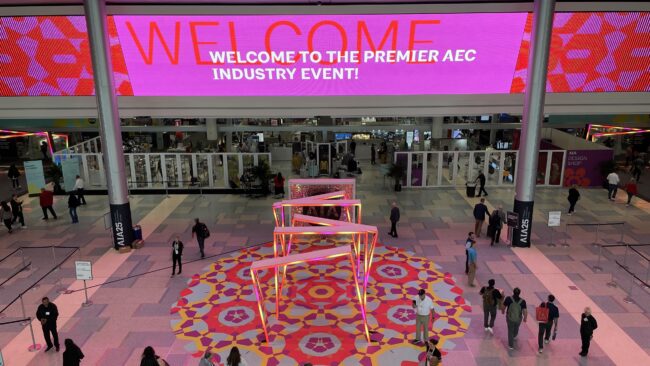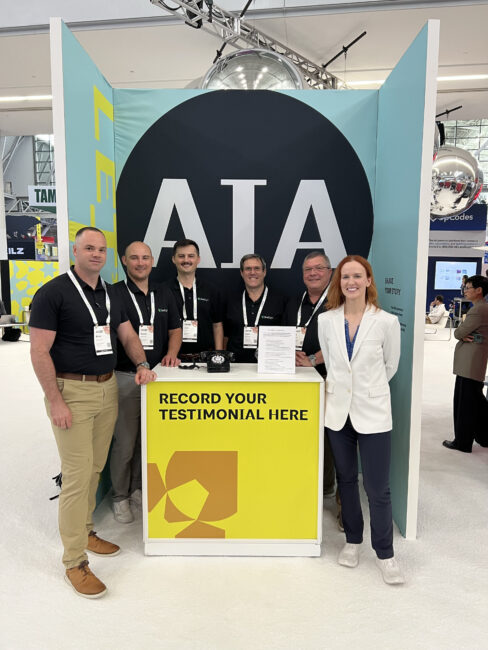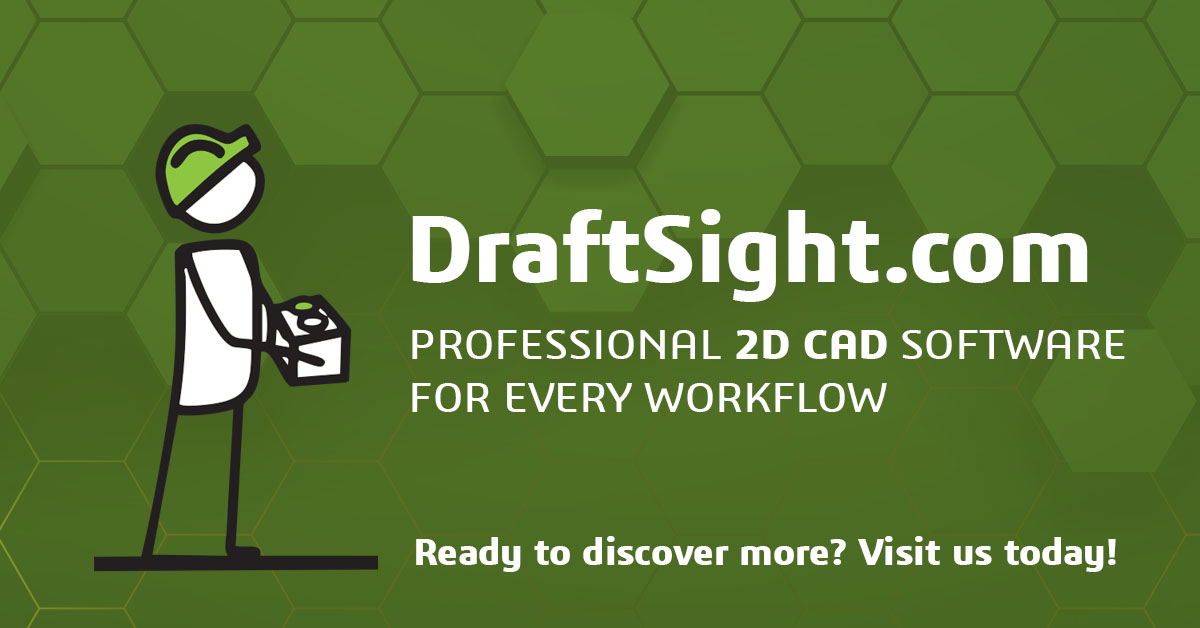5 Key Insights from the Boston AIA Conference
DraftSight at the 2025 AIA Conference: Key Takeaways and Industry Insights
The American Institute of Architects (AIA) Conference serves as an influential gathering for design and construction professionals, offering a platform to explore new ideas, technologies, and approaches shaping the future of the built environment. The 2025 event in Boston brought together over 100,000 attendees, making it a hub for innovation and shared expertise. Themes like sustainability, advancing technology, and integrated workflows took center stage, reflecting the evolving priorities of the Architecture, Engineering, and Construction (AEC) industry.

DraftSight’s presence at the conference reinforced its commitment to empowering architects and designers by addressing industry pain points like harmonizing workflows, cost-efficiency, and collaboration. These challenges resonated deeply during discussions around trends and advancements that define modern architecture. Key insights from the event highlight the critical factors reshaping the industry for the better.

1. Unified Workflows Are the New Standard
Collaboration stood out as one of the most pressing challenges in 2025. With firms scaling operations globally, architects require integrated tools that can streamline workflows across disciplines and locations. Many attendees stressed the difficulties of moving between platforms, aligning software across project stages, and ensuring effective communication.
This gap becomes particularly evident in tasks like converting PDFs to DWG files or managing revisions between architects and construction teams. Solutions enabling smooth interoperability and teamwork, including network-accessible software, are now essential to ensuring projects remain on track and within budget.
2. The Rise of Resilient and Sustainable Design
A major theme across the conference was sustainability, not only as a reaction to client demand but also as an imperative to address environmental challenges. From adaptive structures designed to withstand climate impacts to regenerative materials that replace traditional practices, architects are boldly rethinking how cities operate.
Resilient designs incorporate renewable energy systems, efficient water management, and circular construction methods, making environmentally conscious methods a core responsibility of modern architecture. This focus on sustainability is no longer a trend, but a foundational component of the industry’s direction.

3. Technology Disrupting Traditional Practices
The adoption of technology in architecture is accelerating at an unprecedented pace. AI tools, for example, are now driving efficiency, assisting with drafting tasks, and even improving project forecasting through predictive analytics. Virtual and augmented reality (VR/AR) tools further transform client relations, providing stakeholders with immersive previews of designs before physical work begins.
Another significant development is the push for better interoperability between digital platforms. Many architects emphasized a growing need for software solutions that integrate across disciplines. The ability to share and process diverse file types without compatibility concerns is critical in keeping up with the complexity of modern project workflows.
4. Prefabrication Leading to Faster and Greener Builds
Prefabrication and modular construction are revolutionizing how buildings are conceptualized and executed. Manufacturing components off-site and quickly assembling them on-site reduces waste, timelines, and costs while offering new levels of design flexibility.
These methods are particularly useful in dense urban settings where space and logistics pose significant challenges. Pairing modular construction with software that tracks and adapts to these unique needs is key to ensuring architectural workflows remain efficient.

5. Automation and the Role of Robotics
Automation is shaping the construction field in unexpected ways. From drones conducting site surveys to robots laying bricks, tasks traditionally reliant on human labor are now benefiting from technological intervention. This not only improves safety on job sites but also reduces errors and keeps projects moving faster.
Effective integration of these advancements requires tools that adapt to the specifics of automated workflows, enabling architects and engineers to remain flexible in their planning and execution.
DraftSight’s Takeaway and How We Can Help
The AIA 2025 Conference underscored the ongoing transformation of architecture, from addressing environmental challenges to adopting powerful technologies and improving collaboration.
- DraftSight’s robust BIM module, designed to integrate into modern architectural workflows, can offer the AEC sector just what is needed. By supporting RVT file imports, DraftSight ensures architects can work fluidly within complex, multidisciplinary environments, bridging critical compatibility gaps that often hinder progress.
- The right tools should be intuitive, requiring minimal onboarding while offering familiar commands to ensure a smooth transition for teams. With DraftSight 2D CAD, you get all that plus the flexibility of network licensing, allowing teams to adapt to changing needs and reduce overhead.
- Saving money is important, and the real cost savings of up to 70% on CAD enable businesses to reinvest in growth, whether that’s expanding teams, upgrading resources, or taking on larger projects. Discover how DraftSight helps drive efficiency and value for your organization.
For architects and designers navigating today’s complex projects, DraftSight helps ensure they can succeed with speed, precision, and creativity. Whether connecting global teams or solving long-standing collaboration challenges, DraftSight aims to empower professionals to deliver on the demands of the modern built environment. The conference reinforced that the future of architecture relies not just on visionary concepts, but on the practical tools that bring those visions to life.




